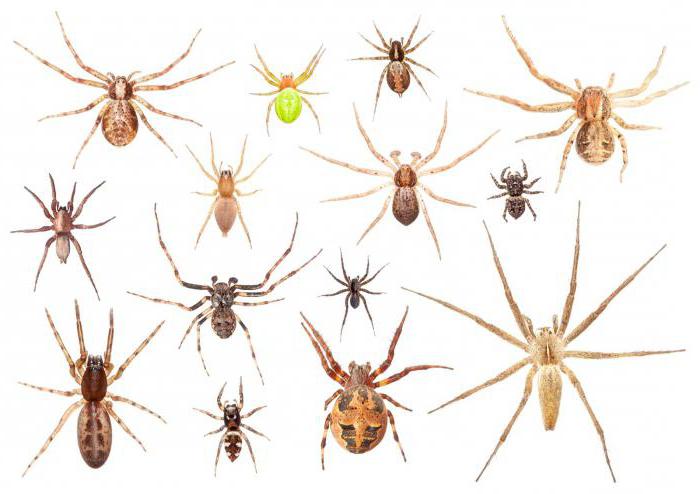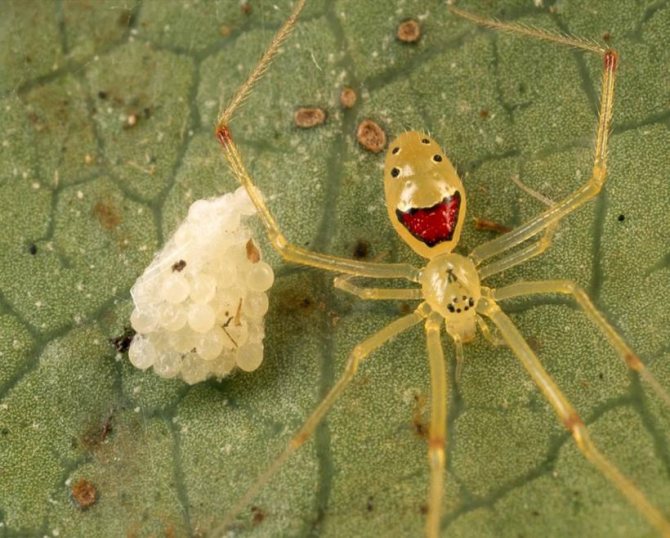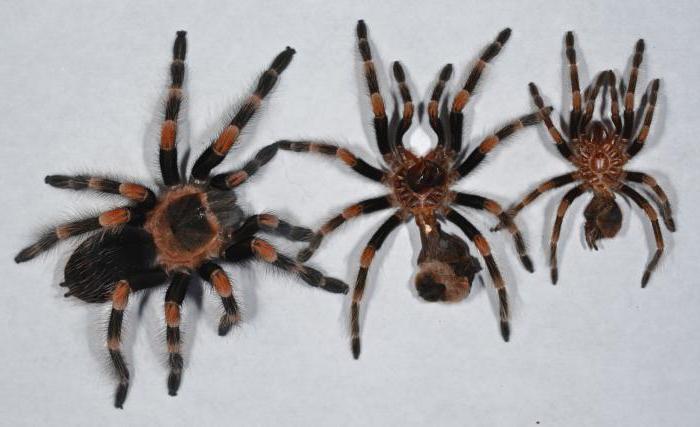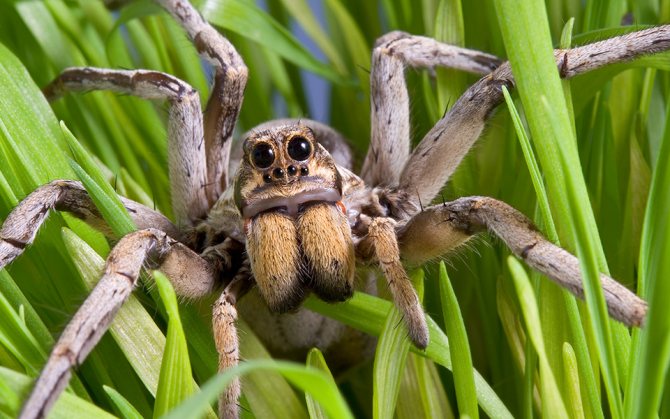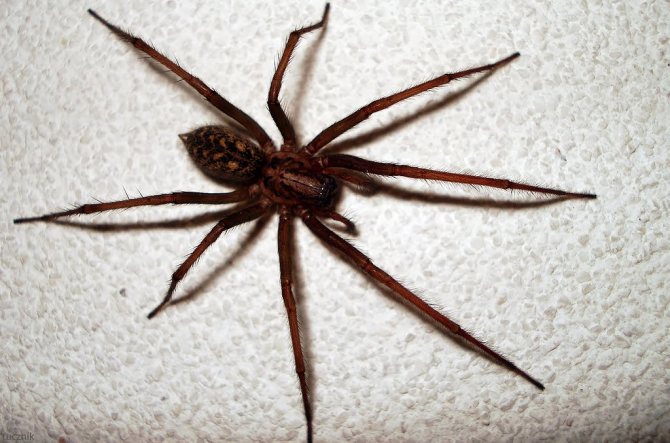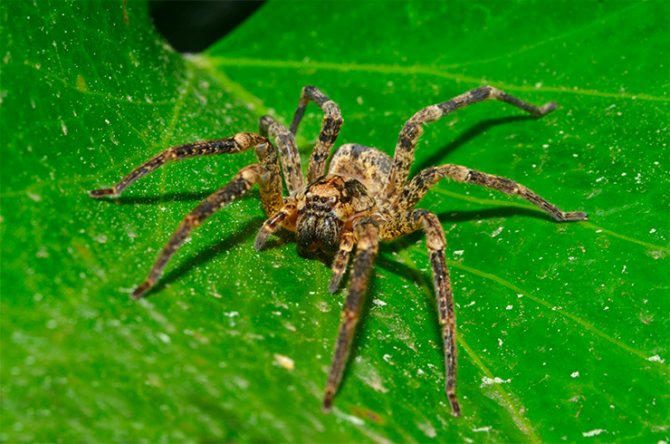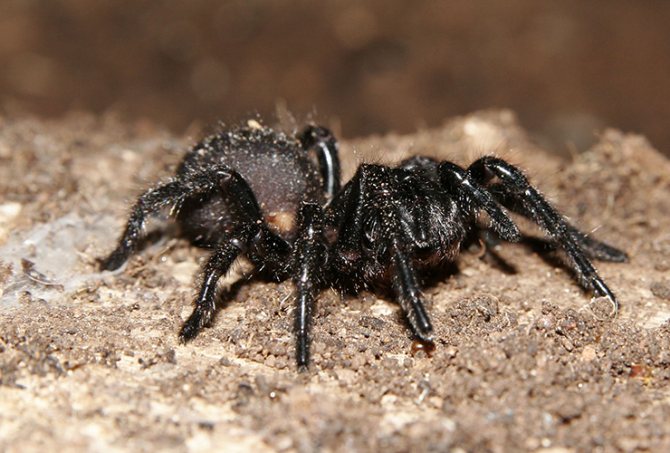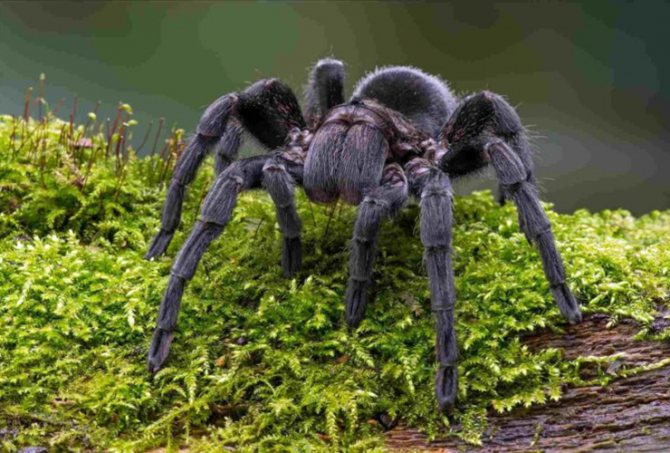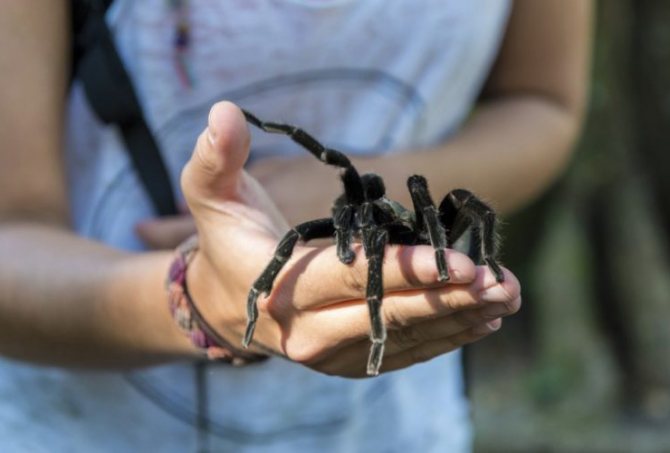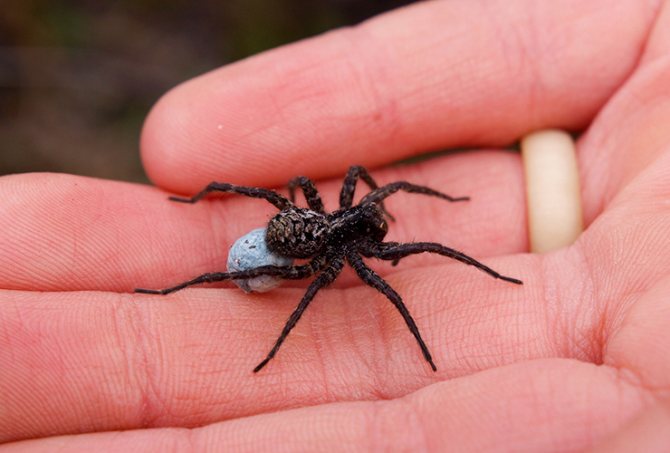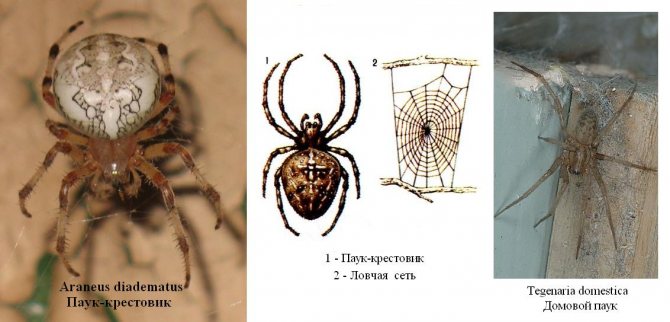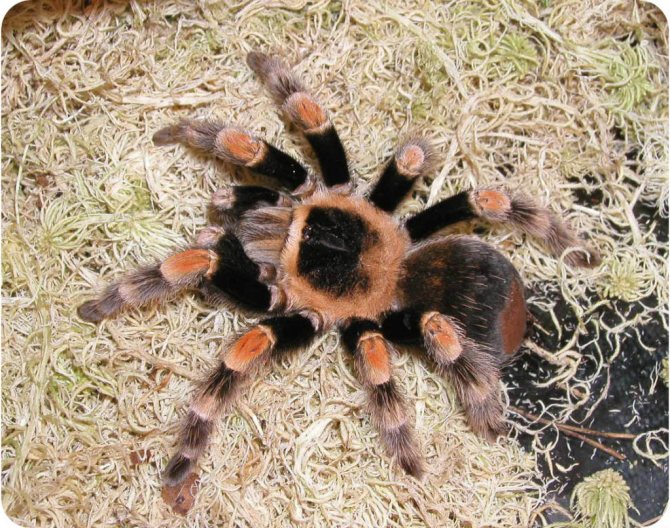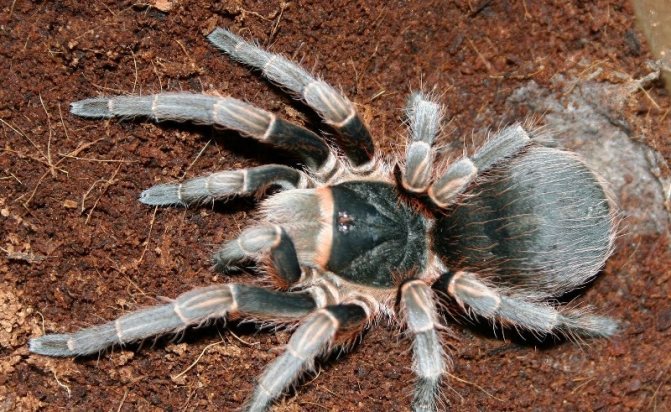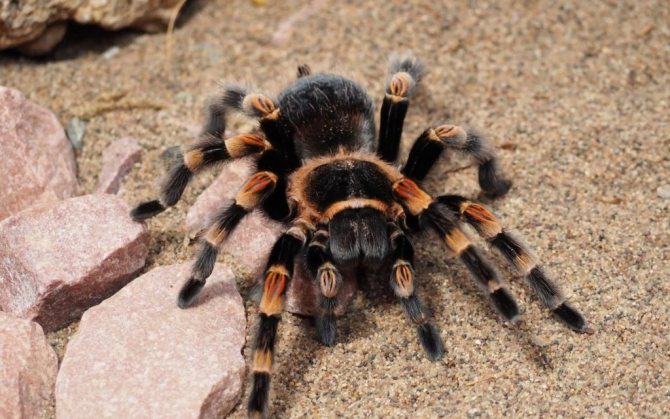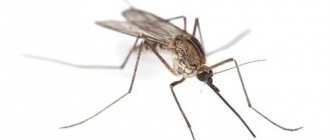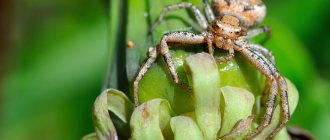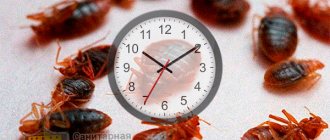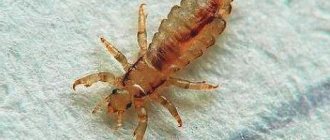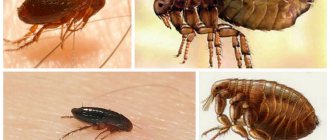Spider lifespan
Recently, arachnids often live in apartments as a pet. People care about them and want to know as much as possible. In addition to taste preferences and the required temperature conditions, owners want to know how long spiders live.
In nature
How many years do common spiders live far from humans? Harsh natural conditions reduce the life cycle.
In nature, arthropods have many enemies. Young individuals are more endangered than others. Small size, lack of hunting experience make spiders prey. The most dangerous enemies are hawk wasps. Arthropods, due to underdeveloped vision, take them for a victim. Having flown up to a close distance, the insect attacks and kills the animal.

Arachnids have pedipalps used to grind food. In males, the six-segment processes function as part of the reproductive system. During the final molt, the pedipalps are not completely released. The male is unable to properly grind prey, which leads to malnutrition. Over time, nutritional deficiencies lead to death.
Some males die from not being able to throw off the old exoskeleton. It compresses the internal organs, the individual dies from suffocation or circulatory disorders.
Home
How long do domestic spiders live? In the life cycle of arachnids, an important stage is the full maturation of the reproductive organs, which occurs after the last molt. After the last shedding of the cuticle, the male body ages quickly. In captivity, with sufficient food, a comfortable ambient temperature, individuals that in nature reach maturity in 3-6 years, mature in 2 years.
At home, males live from six months to one and a half years after reaching maturity. In the Berlin zoo, it was registered: a natural long-lived spider died after 12 years. Why, under natural conditions, with a lack of food, uncomfortable weather, arachnids live longer?
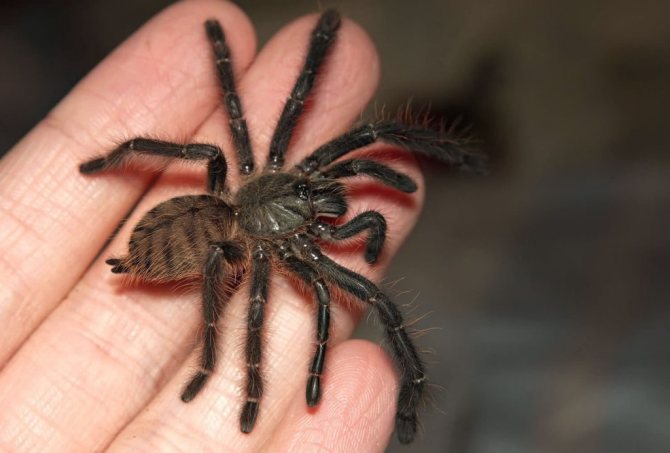

No studies have been conducted to study how long the life span of arachnids lasts. But the metabolism of primorsome animals was studied. During the tests, it was revealed that in the winter months, the metabolic processes in the body of the arthropod slow down, the spider ages more slowly.
The main thing is temperature
The first thing to consider is the temperature in the terrarium in which the spider will live. It should be between about 25 and 27 degrees. It is advisable to have a thermostat that has a constant temperature. It is very dangerous if the temperature drops, and the spider has eaten a lot - a putrefactive process may begin in its stomach. It is advisable to keep juveniles at the level when the temperature is at the 30-degree mark. In this case, they grow much more intensively.
It is important to consider that the higher the temperature in the terrarium, the sooner the spiders grow at home, the sooner they mature, but also the faster they die. Therefore, you need to think - does a spider in a terrarium need a high temperature?
To successfully contain spiders, you need to correctly select the humidity of the air. The bottom line is that at low humidity, a spider may have difficulty molting, and if it comes from a tropical rainforest, then it will simply die with a lack of moisture in the air.If the spider is from a desert-shrub zone, then it needs a relative humidity of 55 to 75 percent, and if it is from the same tropics, an adult can withstand the absence of moisture for thirty days.
In the terrarium, so that the spider pet can live comfortably, there should always be a container of damp moss and a small bath of water. Or, at the very least, bedding that is sprayed daily with a hand spray. Nevertheless, there should not be excessive moisture - with an excess of it, mold fungi and bacteria can develop, which will lead to disease of the arthropod.
Exotic spiders lifespan
Many factors affect the lifespan of exotic spiders. Such arachnids have a bright appearance, larger than average in size. They live in areas with a large number of natural enemies.
Cannibalism is common among extraordinary species. Despite the abundance of food, arthropods are often hungry. All these factors have an unconditional effect on the duration of existence.
Tarantula
Tarantulas are rightfully considered the most colorful representatives of their species. They are more often than others kept in home terrariums. There are quite a few varieties, each species differs in color, size, behavior and lifespan.
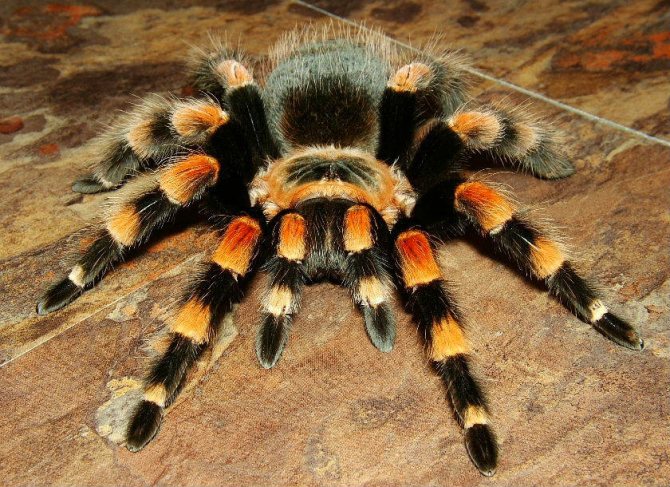

Tarantula spiders reach sizes from 2.5 to 10 cm, with a paw span of 8-30 cm, some large representatives weigh about 85 g. Goliath Beardeat has the largest recorded body weight.
Life expectancy depends on gender and species. After reaching sexual maturity (molting), males live for 1-2 years. Females can live another 10-15 years after the final formation of the reproductive organs.
The longest lifespan of Brachypelma emilia is 30 years. Theraphosa blondi lives a little less - 25 years. The average life span of tarantulas is 10-12 years.
Tarantula
Lycosa tarantula belongs to the wolf spider family. It was first registered in the Italian city of Taranto, hence the name. The species is considered the largest found in Europe.
Females reach 30 mm in length, males 19 mm. Females are capable of laying up to 100 eggs. Tarantulas are caring mothers, after hatching, the young generation stays with the spider until they are mature enough to live on their own.
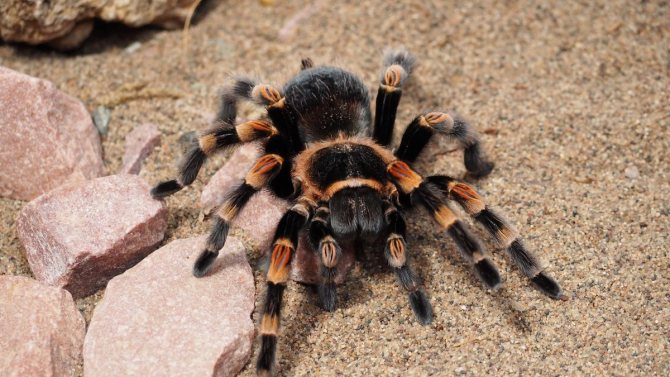

Young individuals, leaving their mother, scatter and dig holes. Females spend most of their lives in their homes, with the exception of forays to catch prey. They hide in the mouths of their holes, waiting for prey. They also hibernate in burrows. People rarely encounter them.
The tarantula has well-developed eyesight. Seeing the approaching danger (of a person), they quickly run away, it is difficult to catch them. Even when Lycosa tarantula is cornered, they do not express intent to bite.
How long a species lives depends on gender. The life span of males is up to 2 years, of females - 4-5. About a third of sexual intercourse ends with the partner eating the partner.
Goliath
Theraphosa blondi is the most powerful member of the tarantula family. Unlike other species, females do not eat males after mating.
Goliaths grow up to 12 cm in length, with a leg span of up to 28 cm. The native land of the species is the forests of Suriname, Guyana, Brazil, Venezuela. Distributed in the forests of the Amazon. The spider is terrestrial, lives in deep burrows, is found in swampy areas.
Despite the name, the diet of the tarantula Theraphosa blondi consists of insects, worms, and amphibians. Also feeds on rodents, frogs, lizards.
In response to threats, Theraphosa blondi uses various natural defense mechanisms. Rubs the hairs on the brooch and legs and throws them sharply towards danger. If the attacker is located at close range, he bites.
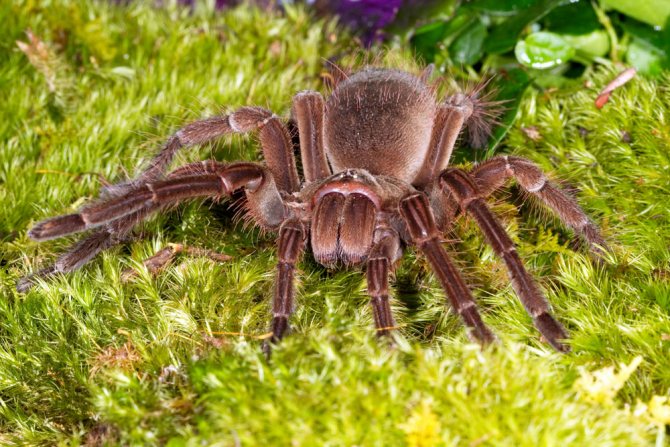

Males die almost soon after reaching maturity (3-6 years).The reproductive function of females finally develops after 3-5 years. After growing up, females can live another 7-10 years. On average, the duration of the existence of a female is 15-25 years.
Black Widow
Latrodectus is a widespread genus of arachnids, found on almost all continents. The species received its name due to its inherent sexual cannibalism, in which the female eats the male after mating.
Evidence of this behavior was observed in laboratory cages, where males had nowhere to escape. In the wild, males try to choose partners who have already eaten. The satiety of the female is determined by the specific chemical smell emanating from the cobweb.
The species lives more often outside the house, preferring dark, secluded places. In apartments, they live under appliances and cupboards. Adult spiders are mobile in the warm months, die in the cold season if they cannot find a warm shelter.
Black widow venom is a neurotoxin that can cause latrodectism. Symptoms of intoxication include swelling of the lymph nodes, profuse sweating, and stiff abdominal muscles. The mortality rate from a bite is low, even in young children.
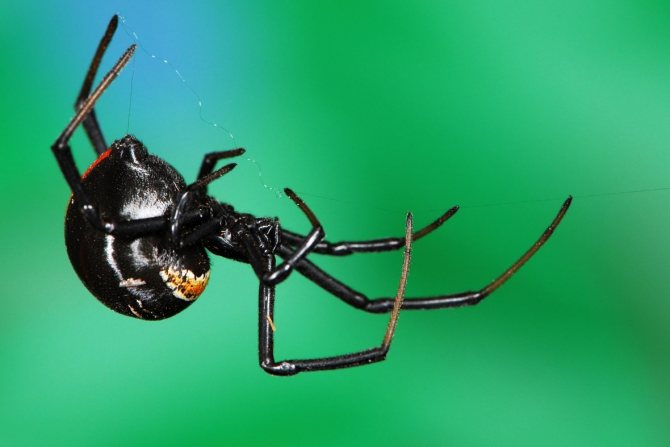

The life expectancy of females and males is different. Males live for about a year (if not eaten earlier - after mating), females - up to 3 years.
Peacock spider
Maratus Volans is a member of the Salticidae family (jumping or jumping spiders). As of February 2020, 6115 species have been described, making the group the largest.
Both sexes grow up to 5 mm in length. Females and males under sexual maturity are brown. In adult males, flap-like extensions of red, blue and black with white stripes on the abdomen. During mating, to attract a mate, the male lifts his belly, expands the flaps, so that a colorful fringed color field is formed. Approaching a female individual, the male vibrates his belly, waves his raised legs and dances. The behavior resembles a peacock, hence the name.
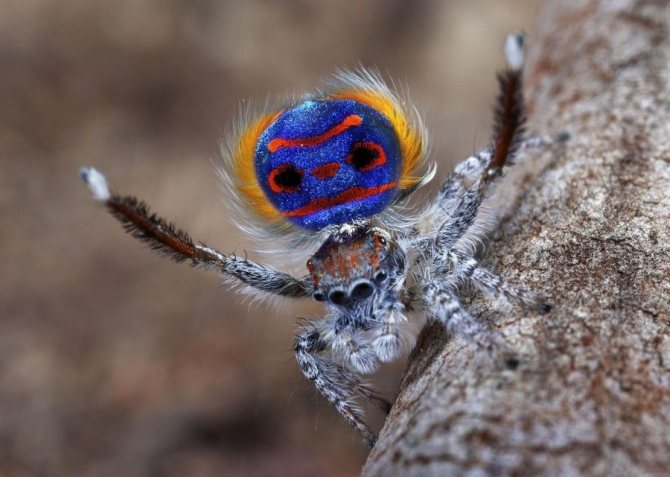

The English zoologist Octavius Picard-Cambridge wrote that "it is difficult to adequately describe the great beauty of this spider's coloration."
Toxonomists have recorded 44 species that live in Australia, in arid places. Peacock spiders live for about a year, more than half of this period is spent on growing up. During molting, the animal becomes immobile, does not even take food. After the third phase of shedding the cuticle, the genitals are completely formed, and the color remains unchanged until the end of life.
Video
Long-lived spiders
Common house spider
The life span of domestic spiders is usually 8-12 months. They die after breeding, from lack of food, human hands.
Only 10 species of spiders out of 42 thousand can live in houses and apartments. Tegenaria domestica is more common. It is a small (12 mm in diameter with legs) spider of yellowish-brown color.
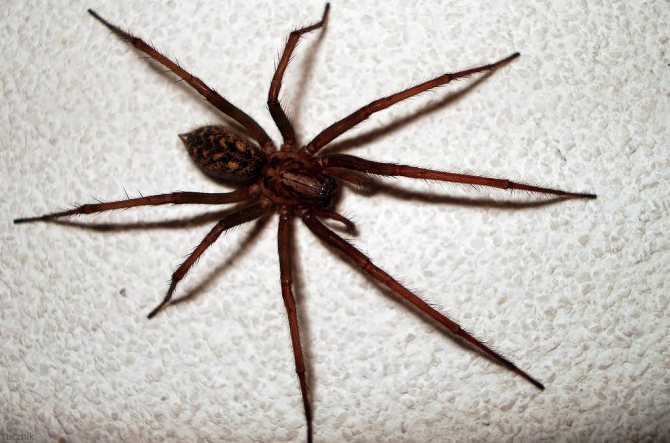

Weaves a flat triangular web, and not one, but several at once, and connects them with threads for movement. Under favorable conditions, it can live up to 5 years. It is harmless and non-aggressive, but it can bite a person if crushed.
In private houses, a cross is often found. It is given out by a white cross on the back and a patterned circular web. The lifespan of the cross is short: males can live from 4 to 6 months, females - 2-3 months.
Sometimes you come across a haymaker ("centipede") - a small elongated body from 2 to 10 mm long on long fragile legs. The web is woven chaotically, it does not have a clear figure. Such a spider lives at home for about 2 years.
Exotic animals
Large venomous spiders have long gained popularity as exotic animals suitable for home keeping. Even at home, it is quite possible for them to create favorable conditions for existence and reproduction.
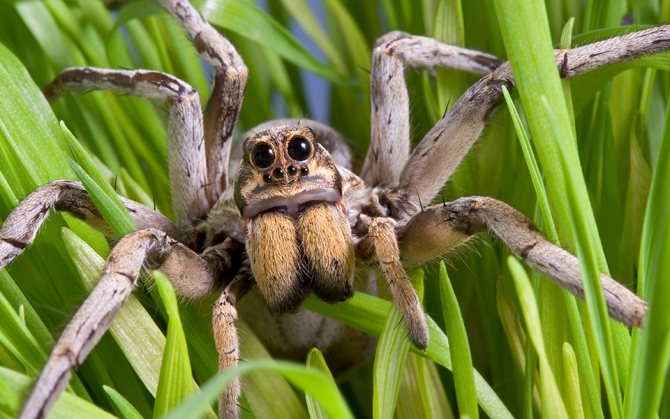

Tarantulas or tarantulas are usually kept in the apartment.There are many varieties, differing in color, behavior, hairiness and body structure. They can live for a long time, so some people become attached to such pets in the same way as to cats or dogs.
Popular types of tarantulas:
- curly-haired (Brachypelma Albopilosum) - black, covered with pinkish hairs. The most unpretentious view. The bite is palpable, painful, but not dangerous to human health. Males live from 3 to 4 years, females can live more than 20 years;
- woody (Avicularia Versicolor) - the cover of young animals is blue with white hairs. The adult is colored blue, red, green with a metallic sheen. Of the features - it moves very quickly. The poison is safe for humans. Males live from 1.5 to 2 years, females can live up to 8 years;
- The Horse Spider (Lasiodora Parahybana) is one of the largest tarantulas. The color is gray with black or brown. It actively digs the substrate, easily gnaws through fragile parts of the terrarium. Females can live 15-25 years, males 2 to 3 years.
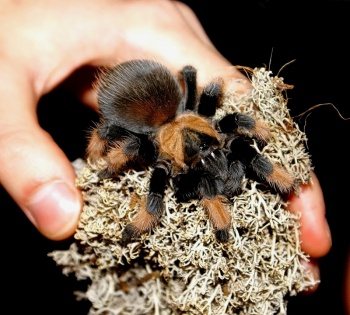

The next most popular are tarantulas. They differ from tarantulas in the structure of chelicerae and a more dangerous poison.
For terrarium keeping, 5 types are usually used:
- Apulian - one of the largest (body length up to 7 cm long). Females are red in color, their life expectancy ranges from 3 to 4 years. Males are light gray, can live no more than 2-3 years.
- South Russian (it is also called "mizgir"). Body length 3.5 cm. Color varies from brownish to brownish. Can live up to 5 years.
- Spanish. The male is dark gray. Lives for about 2 years, participates in fertilization only once in a lifetime. Females of red color with a striped belly. They can live for more than 5 years.
- Mexican. Fluffy, the length of the abdomen is up to 14 cm, black-gray, the folds of the legs are red (the second name of the spider is "red-knee tarantula"). They are characterized by slow growth and maturation: males are capable of fertilization at the age of 4 years, rarely live longer than 10, females can give birth to offspring at 6-7 years, live up to 20-30 years. In captivity, maturation occurs faster, which shortens the lifespan.
- Brazilian black. The abdomen is 7 cm long, the body is black, glossy. Relatively calm view. Ripen by the age of 6-7 years, females can live for 20 years. Males rarely reach 10.
To increase the spider's lifespan, it needs to be fed less (the rule does not apply to juveniles). The abundance of food provokes the growth and change of the exoskeleton.
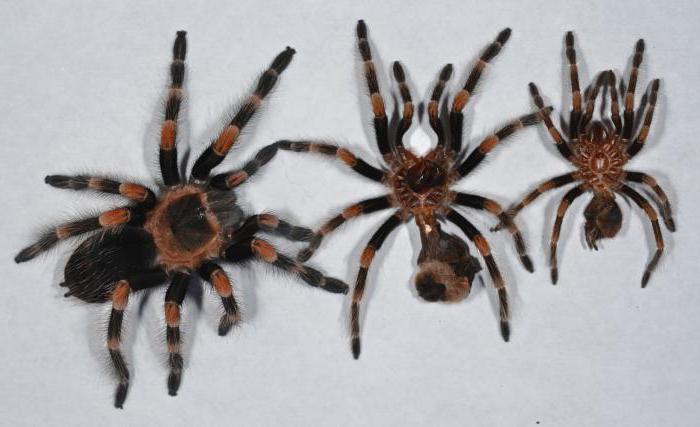

The more often this animal sheds, the less it will live. Tarantulas can refuse food for about 2 years for no apparent reason. It is they who are considered long-livers among their relatives.
At home, it is not worth putting such experiments on them, but if he does not want to eat for 1-2 weeks, then you do not need to stubbornly put food on. Such a hunger strike will not affect the quality of life. This usually happens before molting.
Mice, lizards and frogs should not be given. This is an increased risk of injury to the spider and an unpleasant smell at home. The best option is marble cockroaches.
Overfed spiders will not only live less, but also often get injured when falling from the walls of terrariums, they often develop hernias.
At cool temperatures, the metabolic processes of the spider's body slow down, which also contributes to an increase in the life time. In the wild, hibernating spiders will live longer than apartment spiders.
To prolong the life of the male spider during the mating process, it is important to monitor the behavior of the female. It is necessary to intervene in time using special forceps or a shield, since spiders usually eat a partner after fertilization. At the end of the process, the couple are separated.
Number of spiders
How many spiders are born at a time? Given that the clutch consists of a fairly large number of eggs, it is difficult to predict how many babies will see the light of day. A spider can weave one cocoon and lay 5 eggs in it.Or he can work on a few with a total number of eggs of about a thousand. This is extremely rare. Most often, the number of cocoons with clutches reaches 10. Now imagine that each of them contains five eggs. And this means that fifty baby spiders will be born.
Is it necessary to exterminate arthropods
Cobweb-covered corners, windows and ceiling look messy. If there are a lot of spiders in the house, then the cleaning there is poorly done, ignoring hard-to-reach places. That is why, when asked whether it is necessary to look for a remedy for spiders, the answer will be in the affirmative. It is possible and necessary to fight arthropods, but it is better to do it humanely, especially if the goal is not to harm living beings.
The most humane method is to mechanically remove the spider from the house. Arthropods are manually collected in a jar or scoop, carried away from home, monitored for cleanliness in the house, preventing their further appearance.
On the street, spiders winter under the foliage, in warm corners behind the bark of trees, so you can release them from home at any time of the year.
Making a nest
More precisely, we do not make crafts, but the mother of spiders. These arthropods develop in the egg. His spider safely stores it in a cocoon.
But first things first. First, the future mother spider weaves a nest. The "substrate" is woven under the eggs. It is a soft web. Eggs are laid on this web. And on top they are covered with another layer of cobweb. It turns out spider web pancakes stuffed in the form of eggs between them.
After the pancake is ready, the spider turns it into a cocoon. And attaches to the wall of the nest. In it, the eggs mature, and the baby spiders inside are preparing to be born.
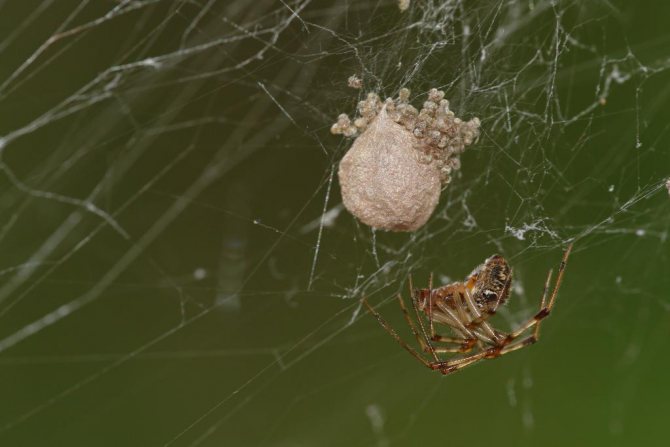

Habitat and lifestyle
Prevalence
You can find a poisonous spider in the steppe, forest-steppe or semi-desert areas of almost any climatic zone: Southern Europe, Central or Asia Minor, Africa, America, CIS, Greece, Morocco, China and others. This arrangement helps them create deep vertical burrows up to sixty centimeters, where they like to hide during the day and collect prey at night.
They are especially alert at night. The cobweb, which is woven around the entire hole, helps in hunting. When it hesitates and the light disappears due to the shadow of a passing insect, the spider jumps. Tarantulas do not like to do everything quickly, so they leave their burrows only when necessary, especially without moving away from their shelter. They slowly wait for the victim, and then bite sharply, making a quick jump. Until the insect dies, the spider will follow it relentlessly.
What eats
Small insects and amphibians are the basis of food for tarantulas. They hunt caterpillars, crickets, flies, ground beetles, cockroaches and small frogs.
The Apulian tarantula, like other members of the class, hunts mainly insects. The victim is paralyzed with the help of poison, and then his tissues are dissolved by special hydrophalytic enzymes. The resulting fraction becomes food.
In addition to beetles, flies, mosquitoes, crickets and cockroaches, the Apulian tarantula catches caterpillars and other species of spiders. Sometimes the object of his hunt is also small frogs.
Predators hunt very carefully. They very slowly, often stopping, approach their prey. They attack swiftly: they suddenly jump and immediately bite. The spiders pursue the affected victim until the poison acts.
Chemical preparations for arthropods - which ones to choose?
Considering how long spiders live (often no more than a year), one might think that it is pointless to fight them. Nevertheless, one must remember about the ability of arthropods to actively reproduce. The new generation of spiders will replace the old one so quickly that it will be almost impossible to achieve cleanliness in the house without cobwebs and dry bodies of their victims without special means.
The most effective chemicals are:
- "Butox 50".
- Dry trap tablets.
"Butox 50" is a simple and affordable product, easy to use. Apply it after carefully studying the instructions on the package. To achieve the result, it is enough to spray surfaces where spiders are often found, first preventing the flow of clean air through windows and doors. After the end of the action of the agent, the room is ventilated.
The drug "Nero" enjoys well-deserved trust among specialists. Just as in the previous case, it is necessary to study the instructions for using the tool. In places where food, children's toys, dishes are stored, the product is used with extreme caution, protecting vulnerable things and products with film.
An alternative to aerosols often with a pungent odor will be tablets, they are also traps. Produced in dry form, they lure spiders, after which they are poisoned with poison. The method is simple and effective, but far from humane.


